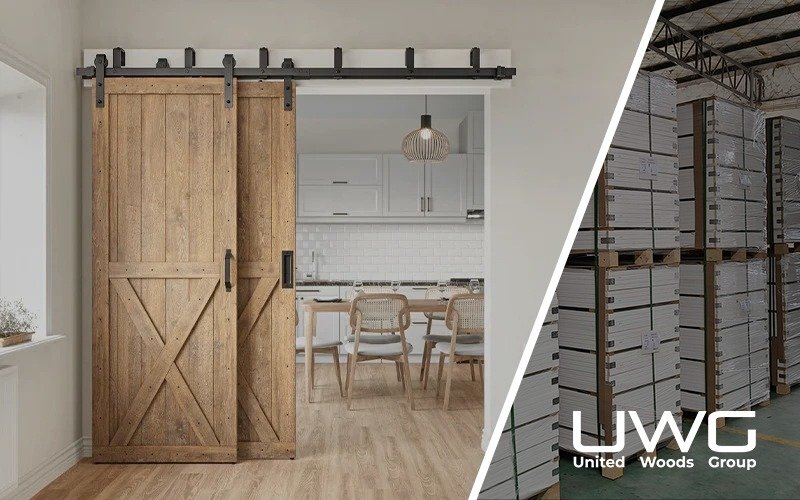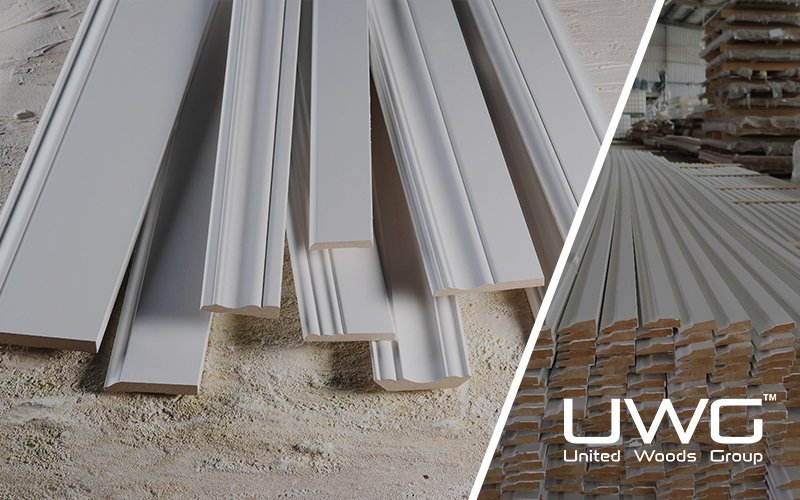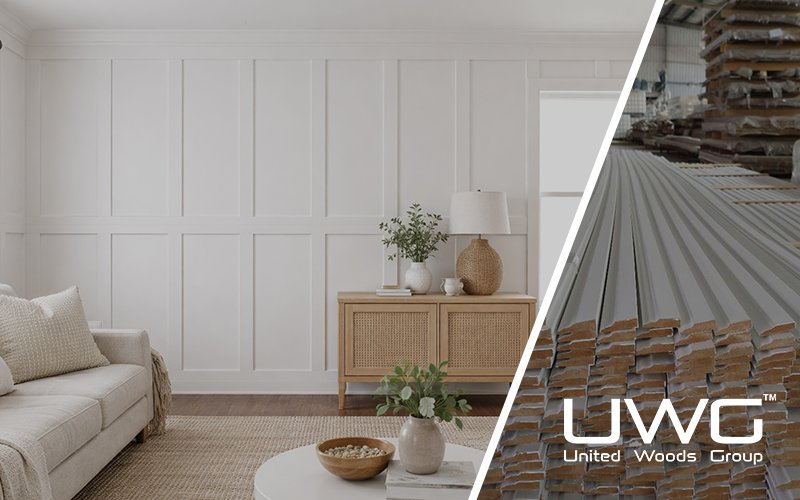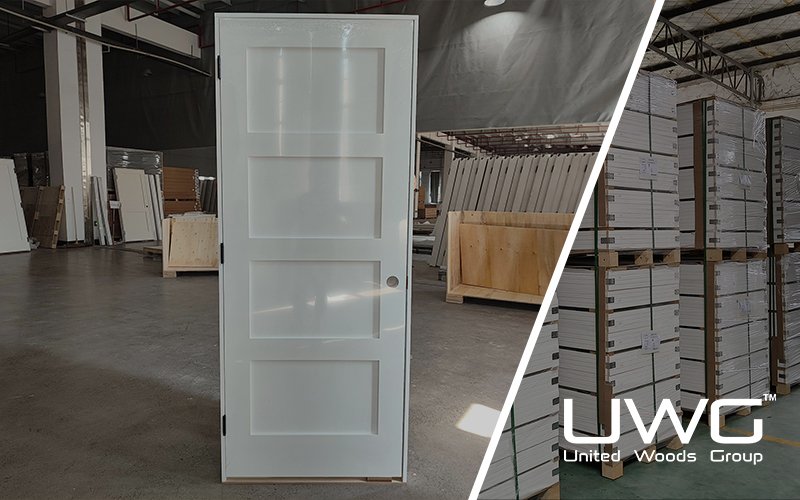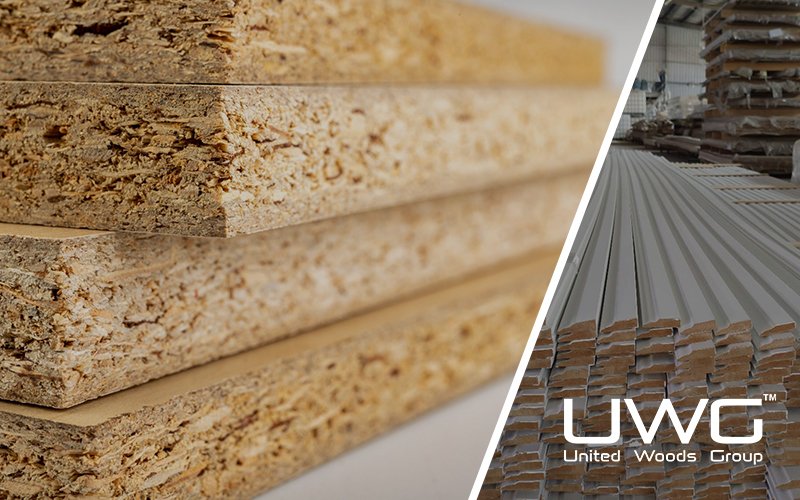When it comes to optimizing space and adding style to interiors, alternative door types like sliding, pocket, barn, and bifold doors have become increasingly popular. Each of these options offers a unique blend of function and aesthetics, making them suitable for different room layouts and design preferences. But with so many choices available, selecting the right type can be confusing.
So how do you know which door style is best for your space? Homeowners, builders, and designers often find themselves unsure of the differences between these door types—or how to choose based on room size, usage, and layout. Should you go for the classic charm of a barn door, the hidden functionality of a pocket door, the open-view convenience of bifold doors, or the modern glide of a standard sliding door?
Choosing the right door for your project can be overwhelming with so many options. Sliding, pocket, barn, and bifold doors each offer unique features, and the right choice depends on functionality, space, and style. Whether you’re a builder or homeowner, understanding the differences between these door styles will help you find the best fit for your needs and design goals.
Each door style — sliding, pocket, barn, and bifold — offers distinct advantages depending on your space and needs. Sliding doors are perfect for saving floor space and providing a modern, sleek look, but they require a track system. Pocket doors slide into the wall, completely disappearing when open, making them ideal for tight spaces where traditional doors would interfere. Barn doors bring rustic charm and work well in larger rooms, though they require wall space for the track. Bifold doors are great for closets and smaller openings, folding neatly to the side to maximize room space. The right choice depends on your project’s layout, aesthetic goals, and the amount of space available.
Let’s break down each door type — how they work, their pros and cons, and where they fit best in modern building projects.
What is the difference between a pocket door and a sliding barn door?
At a glance, both pocket and barn doors slide — but the way they function and where they fit best are completely different. If you’re sourcing doors or guiding installations, understanding this distinction is essential.
Installation & Mechanism:
- A pocket door slides into the wall cavity on a hidden track, disappearing entirely when open.
- A barn door slides on the outside of the wall using a visible surface-mounted rail system.
Visibility & Aesthetics:
- Pocket doors are invisible when open — great for a clean, modern look.
- Barn doors stay visible, offering a rustic or industrial design statement.
Space Considerations:
- Pocket doors are ideal for tight spaces where swing doors don’t fit, like en-suites or closets.
- Barn doors need open wall space beside the doorway, limiting furniture placement.
Sound & Light Control:
- Pocket doors can be better at reducing sound transfer when well-installed.
- Barn doors typically have gaps between door and wall, making them less effective for privacy or insulation.
Maintenance:
- Barn doors are easier to repair since all hardware is accessible.
- Pocket doors can be costly to fix — you’ll often need to open the wall to access tracks or rollers.
Use Cases:
- Choose pocket doors for bathrooms, small bedrooms, and minimalist designs.
- Use barn doors for open-plan offices, rustic interiors, or where wall access is easy and visible design matters.

What is the difference between a bifold door and a sliding door?
Both bifold and sliding doors are go-to options when saving floor space is key — but how they function, look, and perform makes a big difference in the field. Here’s what wholesalers and builders need to know.
How They Operate:
- Bifold doors are made of hinged panels that fold and slide along a track.
- Sliding doors feature individual panels that slide side-to-side along a track, without folding.
Space Usage:
- Bifold doors open almost fully, giving maximum access to the opening.
- Sliding doors usually leave half the opening blocked (unless double sliding doors are used).
Track & Hardware Setup:
- Bifold doors rely on top and bottom tracks or a pivot point; they require precise alignment to avoid jamming.
- Sliding doors typically use a single top-mounted rail (sometimes bottom-guided), making them smoother to operate.
Style & Appearance:
- Bifold doors are less decorative, often blending in with walls or closets.
- Sliding doors can be stylish and modern, especially with glass, mirror, or panel finishes.
Durability & Maintenance:
- Bifold doors may loosen over time with repeated folding, requiring occasional hardware tightening.
- Sliding doors have fewer moving parts, which often makes them more durable in the long run.
Best Applications:
- Choose bifold doors for bedroom closets, utility areas, and linen cupboards.
- Use sliding doors for wardrobes, patio access, or modern interior partitions.

Where to Use Sliding, Barn, Pocket, and Bifold Doors
Whether you’re a builder selecting materials for a client or a homeowner designing a space, knowing where to use sliding, barn, pocket, and bifold doors is essential to making the right call.
Sliding doors: These are one of the most popular choices for both interior and exterior applications, and for good reason. They work exceptionally well in modern homes, particularly when used as exterior sliding door options to connect indoor spaces to patios, decks, or balconies. Sliding doors are also a top choice for wardrobe doors, thanks to their space-saving design. If you’re looking at the types of sliding doors for wardrobes, glass or mirrored panels can reflect light and make small bedrooms feel larger. Inside the home, sliding doors are frequently used in hallways, kitchens, or living areas as stylish room dividers. They offer a sleek profile, take up no swing space, and are ideal in minimalist designs.
Barn doors:have exploded in popularity due to their visual appeal and versatility. These types of sliding doors for bedrooms add personality to any space and are perfect for open-plan layouts or rooms where you want a design statement. Since barn doors slide on the outside of a wall, they do require clearance, but they’re very easy to install — no need to modify the wall structure. This makes them perfect for retrofit projects or stylish renovations. Builders often use barn doors in home offices, pantries, and bathrooms where aesthetics matter just as much as function. They’re particularly useful where traditional swing doors can’t fit or would interfere with furniture layout.
Pocket doors: all about efficiency. They disappear into the wall, making them ideal for tight spaces like small bathrooms, walk-in closets, or pantries. Many builders recommend pocket doors for bathroom doors in apartments or compact bedrooms, as they eliminate the need for floor clearance. If you’re comparing the barn door vs pocket door for bathrooms, pocket doors usually win for privacy and space optimization. Just be aware: they require a wall cavity, so they’re best used in new builds or major renovations. While maintenance can be more complex, the clean, seamless look is worth it in modern or minimalist homes.
Bifold doors:remain a classic for closets, laundry rooms, and kitchen pantries. They fold onto themselves, giving full access to the opening without needing much room to operate. Among the types of closet doors for bedrooms, bifold doors are often the most affordable and functional. They’re ideal for linen closets, utility storage, or anywhere you need easy access but don’t have space for a swing or sliding door. Bifolds come in many finishes — from louvered panels to mirrored surfaces — giving you both form and function in a compact design.
In the end, choosing between sliding, barn, pocket, and bifold doors depends on layout, space, privacy needs, and personal style. Each type has a role to play in smart, stylish, and efficient interior design.
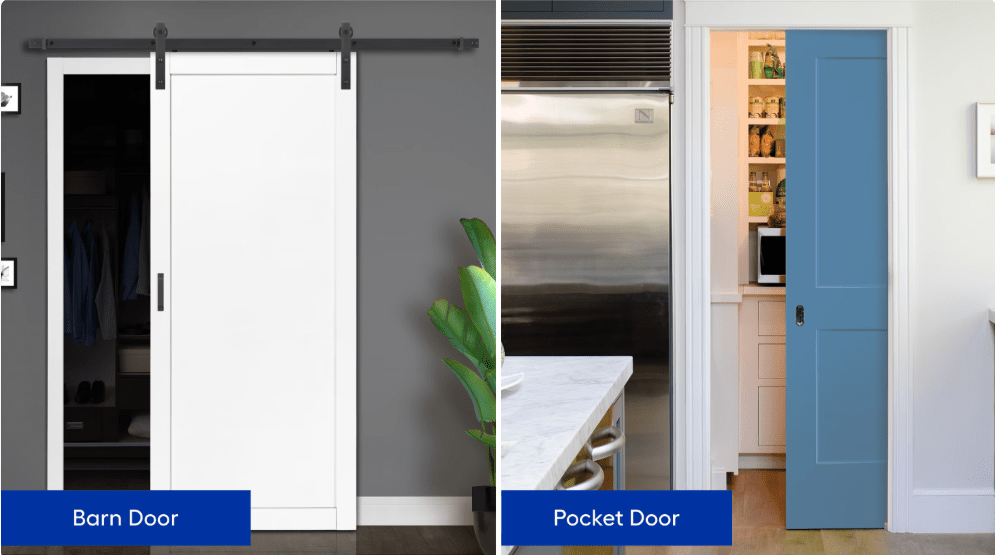

Door Type Comparison: Pros, Cons & Best Use Cases
| Door Type | Advantages | Disadvantages | Best Use Cases |
|---|---|---|---|
| Sliding Doors | – Space-saving – Clean, modern look – Easy to operate – Great for wide openings | – Only partial access to doorway – Can collect dust in tracks – Less privacy | – Wardrobes – Office partitions – Sliding glass doors |
| Barn Doors | – Stylish and rustic – Easy surface installation – No floor track required – Ideal retrofit | – Needs wall clearance – Not soundproof – Always visible (no concealment) | – Bedrooms – Home offices – Living room features – Farmhouse designs |
| Pocket Doors | – Disappears into wall – Saves floor and wall space – Great for minimal look – Ideal for tight spaces | – Hard to repair (inside wall) – Doesn’t seal tightly – Needs precise framing | – Small bathrooms — Pantries – Walk-in closets |
| Bifold Doors | – Opens fully – Great access – Compact operation – Budget-friendly | – May pinch fingers – Can wear over time – Basic aesthetics | – Closets – Laundry rooms – Small pantries |
Conclusion
Whether you’re advising clients or designing a space, knowing your door types makes a difference. Got a favorite type you always recommend? Or a tricky installation story? Share your insights — we’d love to hear how you’re using these door styles in the real world. Bookmark this guide and drop your comments — let’s make smarter builds together.(email: lynn@unitedwoods.group)

